Midorigaoka and Aoyama Neopolis
Miki City, Hyogo Prefecture
About Midorigaoka and Aoyama Neopolis
Midorigaoka and Aoyama Neopolis in Miki City, Hyogo Prefecture is a suburban housing complex made up of single-family houses that began receiving its first residents in 1971 following a land redevelopment project undertaken by Daiwa House Industry to create a “new town that fosters healthy engagement with nature”.
As people of similar age all moved in around the same time, a time when housing was in short supply in the Kinki area, the place has aged as it has grown and now faces the sort of challenges that are characteristic of a mature neighborhood. These include a falling population and an increasing number of empty lots and vacant homes.
These challenges are found in jurisdictions where suburban housing complexes with single-family dwellings account for more than half of the population. The Midorigaoka district is one such place where the proportion of elderly exceeds 40% and it has been the site of measures aimed at community revitalization and bringing in the younger generation that got underway in earnest in 2015.
In 2020, we entered into a cooperative agreement with Miki City to promote “Creating communities where people can reside for a long period”. This initiative sets out to establish and adopt ways of maintaining community activities, with industry, government, academia, and consumers each lending their particular strengths to the goal of making the community where residents of all ages can go on enjoying a life that is comfortable, safe, and secure.
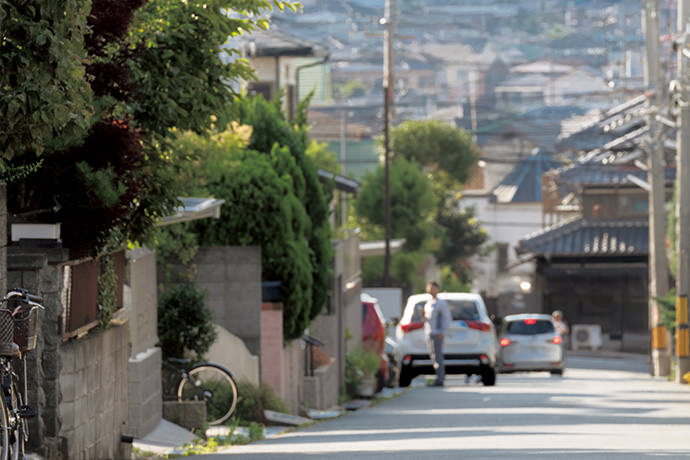
About Midorigaoka and Aoyama Neopolis
- Sales start: 1971
- Site area: 3,170,000m2 (about 68 times the size of Tokyo Dome)
- Number of lots for sale: 5,600
- Percentage of elderly: 35.2%* (approx.)
- Population: 14,618*
*From 2020 census
*The total population includes persons of unknown age, but the percentage of elderly is calculated by excluding persons of unknown age from the total population.


What is needed to restore and retain the attractiveness that makes a place somewhere people want to go on living or move to? The challenges facing the Neopolis were identified through dialogue with residents. Carefully and one step at a time, action is being taken to provide services that are equally accessible to all. Recognizing the lack of places where elderly people living alone or families with young children can gather and share news, work also started on providing a community facility to resolve the “dearth of connections” that has become an issue as the neighborhood matured.
Takahashi’s House

Overview of Takahashi’s House
Opening hours: 10:00 to 16:00 on Monday, Wednesday, Thursday, and Friday
*As of March 2025
*Subject to change at different times of the year. Refer to the facility notices for the latest information.
<Original construction>
- Purpose:
- Residential house
- Structure:
- Lightweight steel frame
- Number of floors:
- 2 stories
- Builder:
- Daiwa House Industry
- Completed:
- 1975
<Renovation work>
- Purpose:
- Community facility
- Architect:
- Daiwa House Industry
- Builder:
- Local building company
- Completed:
- May 2021
(No change in structure and number of floors)
Takahashi’s House is a renovated home that was once used as a tea ceremony classroom where local people could gather. The community facility came about from the desire of community residents to recreate the lively atmosphere of its heyday. It features an accessible “barrier-free” design that allows anyone from children to the elderly to drop in whenever they feel like it, and its bright and open interior comes with a good outdoor flow, making it a place where visitors can enjoy spending time in comfort. In addition to its routine daily use, it also fosters relationships that are full of diversity by hosting events that bring people of different ages together.




Studies have also started on the next steps in this pursuit of “Creating communities where people can reside for a long period.” One of these is a mobility service for people who no longer have access to travel by car after having had to hand back their driving licenses. Another is “relocation,” whereby local people are able to move within the community to housing that better suits their particular life stage based on their lifestyle and living arrangements. This work represents just one initiative aimed at combining the insights and discoveries of local residents with corporate know-how and the ideas of local government and other authorities to create places to live that will be sustainable into the future.


Dolls' Festival Party / Fair / Christmas Party
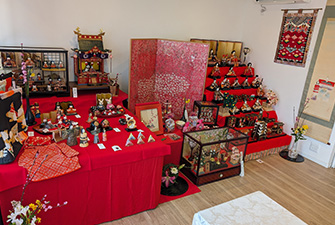
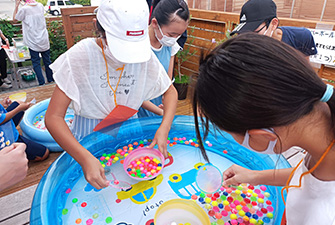
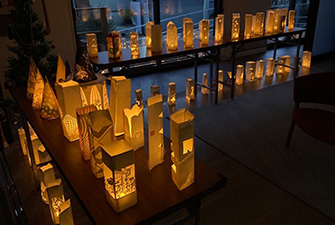
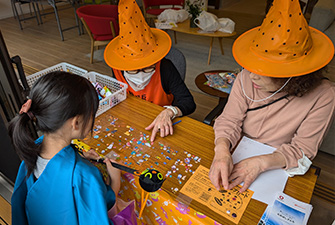
At Takahashi’s House, a "Butterfly Tie Group" was formed by volunteer residents. The group jointly plans and implements numerous events with us, which contributes to creating a lively atmosphere in the town.
One such example is a Dolls' festival party where we collected and displayed sets of Hina dolls that are no longer displayed at home during the annual festival in March. The event was held in response to a residents’ request to hold an event where adults can relax and enjoy themselves by gathering Hina dolls that are often left stored away at home. Other seasonal events are also taking root, including a summer fair which came about from the desire to make summer memories for children within the community, and a Christmas party where participants are invited to light lanterns made from milk cartons, led by those good at crafts and the like.
Thanks in part to the effect of these events, we hear more often that residents now have increased opportunities to see each other since Takahashi’s House was built.
Aoyama 7-chome Housing Complex Revitalization Project: Development and Operation of Community Center in Miki City
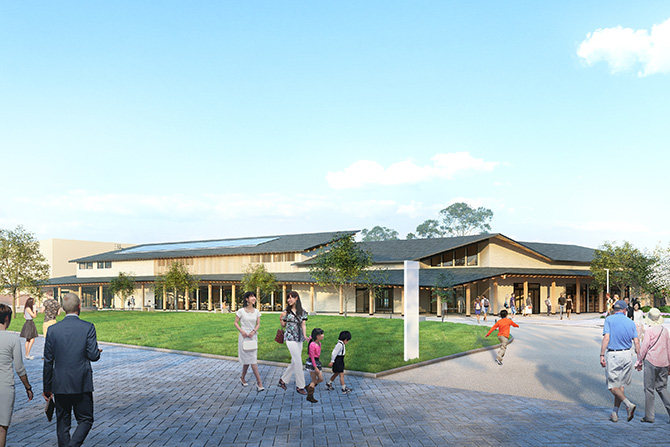
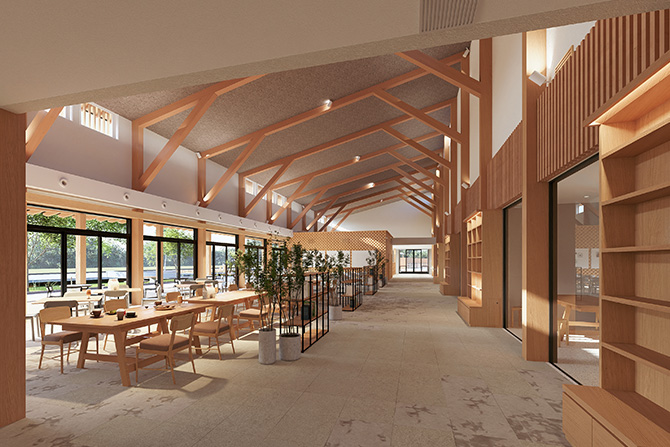
In October 2024, we were selected as the project operator for the Aoyama 7-chome Housing Complex Revitalization Project: Development and Operation of Community Center, which was publicly solicited by Miki City, Hyogo Prefecture. Under the theme of "Adding, Connecting, and Nurturing Together," this project aims to bring together people of different ages, from children to the elderly, to improve convenience for local residents and promote intergenerational exchange.
To confirm the Center’s contribution to society, we assessed a social impact expected to be brought about by the real estate in the planning phase, based on the Practical Guidance for “Social Impact Real Estate” released by the Ministry of Land, Infrastructure, Transport and Tourism. After the completion of the facility, we will continue monitoring and work to practice social impact creation.

